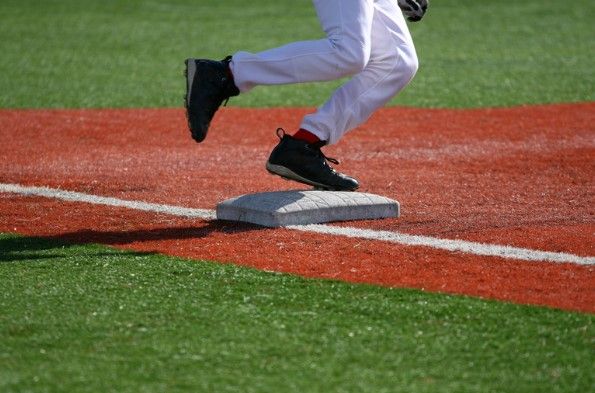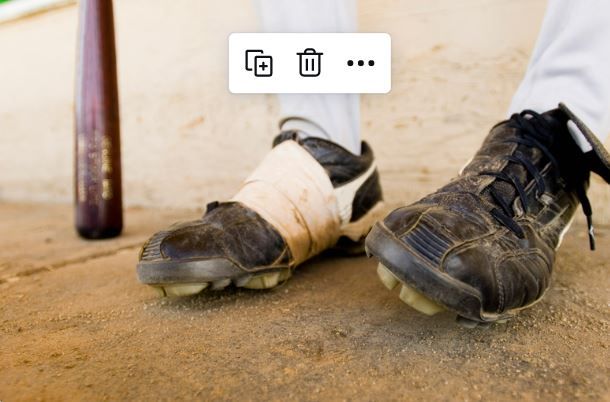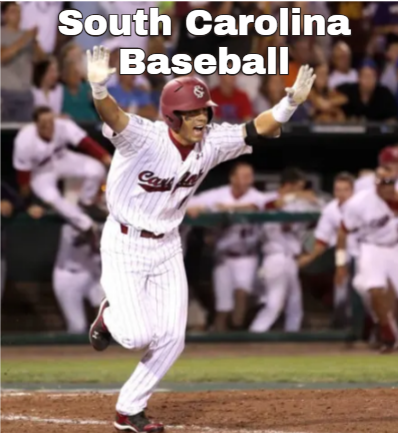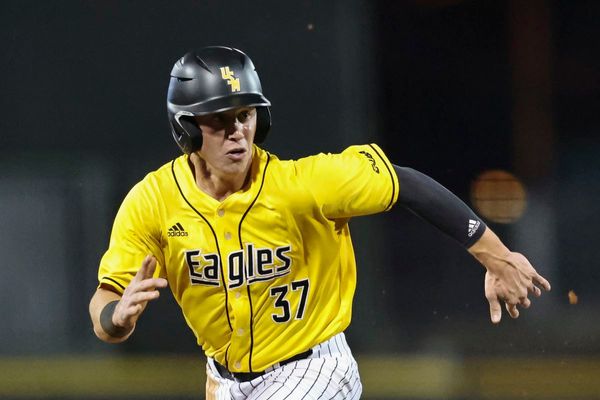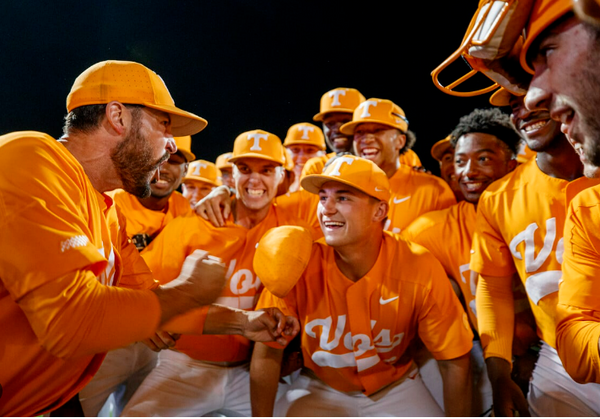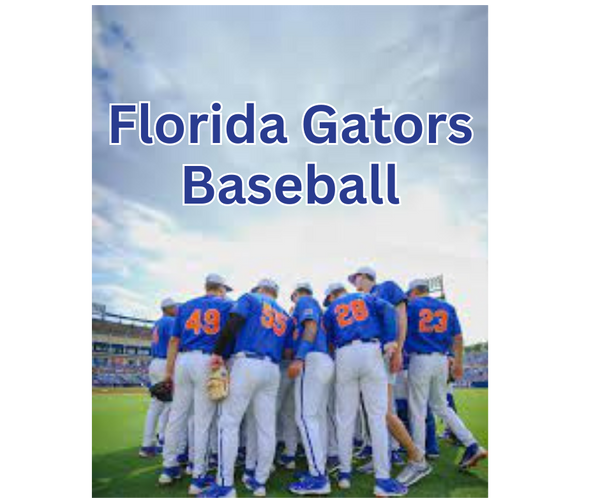Do you have a pair of baseball cleats and are wondering if it’s okay to use them when playing football? It’s an understandable question, especially since the two sports require similar footwork. In this article, we’ll explain why wearing baseball cleats for football is not recommended and what other types of footwear are recommended instead.
Why Baseball Cleats are not Recommended for Football
The most obvious difference between baseball and football cleats is that baseball cleats are designed with metal spikes, while football cleats come with rubber or plastic studs. Metal spikes can provide extra traction on grass or dirt fields, which is ideal for baseball players who need to make quick changes in direction as they try to reach a base before the ball does. This type of traction isn't necessary for football players because most tackles are done from a standing position, rather than from a running start.
Another reason why wearing baseball cleats for football isn’t advised is that the fit of the shoe is different. Football cleats have more ankle support than their baseball counterparts because it's important for football players to have strong ankle stability when making quick movements such as lateral cuts and sharp turns. Wearing shoes without enough ankle support can lead to sprains, strains, or worse - severe injuries such as torn ligaments or broken bones.
Even though some people might think that using a baseball cleat for football could save money, it’s better to invest in a proper pair of football cleats that offer the necessary amount of ankle support while providing appropriate traction on the field. Additionally, there are several types of football-specific shoes available on the market today that can help enhance your performance depending on your playing style and field surface. For example, there are turf shoes if you play on artificial grass (turf) surfaces; molded cleats if you play on natural grass fields; and detachable (screw-in) cleats if you prefer more versatility in terms of traction levels based on field conditions.
To wrap up our discussion about whether you should wear baseball cleats for playing football – the answer is no! Baseball cleats don't provide enough ankle support and don't provide suitable traction levels needed by players in this sport. It's better to invest in a quality pair of specially designed football-specific shoes that will help keep your feet safe while maximizing your performance during games or practices. When buying shoes, always consider factors such as field surface type, playing style, foot size/width measurements, player experience level, etc., when selecting your footwear so that you get what works best for you!
Frequently Answered Questions About Wearing Baseball Cleats For Football
Q. Would it be dangerous to wear baseball cleats when playing football
Yes, it would be dangerous to wear baseball cleats when playing football. Baseball cleats are designed with a different purpose in mind and thus have different features that make them suitable for the sport of baseball, but not necessarily football.
For starters, baseball cleats feature metal spikes that provide traction on grass or dirt fields - important since most teams practice and play on those surfaces - while football cleats have rubber studs made specifically for artificial turf or short grass surfaces. The metallic spikes can create a slipping hazard for players on harder surfaces, putting them at risk of injury from falls.
In addition to the potentially hazardous material used in the base structure of a baseball cleat’s outer sole, they also are usually lighter than their football counterparts. This lightness adds comfortability while running on softer bases such as dirt; however, this same weight difference could make them less effective when pushing hard off the ground during activities like cutting dynamics and sprinting – activities that involve hard pushes against natural playing grounds such as artificial turf or short-grass field conditions common in many organized leagues today.
Lastly, there is an obvious physical difference between the two types of shoes: Football boots tend to have higher ankles compared to low ankle profiles found on typical baseball designs; this height may be particularly beneficial when protecting from being stepped upon by other players’ feet during tackles or contact sports such as rugby or American Football (not Soccer).
Also longer midfoot design spans further to provide more support preventing the foot from rolling over itself due to pivoting demand involved with sudden starts/stops associated with contact sports. All these factors suggest that wearing regular Baseball Cleats for Football could put you in danger unnecessarily so it's best not to!
Q. Are football cleats as expensive as baseball cleats
The cost of football cleats and baseball cleats can vary greatly depending on several factors, including the type and quality of material used, the brand and model, any additional features or technology included, as well as other considerations. Generally speaking, however, football cleats tend to be more expensive than baseball cleats due to their design and intended use.
Football cleats are typically built with extra support to withstand the rigors of running while also protecting from tackles and impacts. The tough materials used in construction also increase their price tag compared to baseball cleats which are designed with lighter-weight materials for faster movement. Additionally, some football cleat models may feature higher-end technologies like Flywire cables or NikeSkin wraps which add an extra layer of comfort that comes at a premium price point when compared to more basic designs meant for baseball players.
In short - football cleats generally cost more than baseball ones due to their heavier builds that offer added cushioning and protection from impact forces seen in gameplay. That being said - prices can still range widely depending on the features you're looking for so it’s always best to shop around before making your purchase!
Q. Is there a difference between baseball spikes and baseball cleats
Yes, there is a difference between baseball spikes (or metal cleats) and baseball cleats. Baseball spikes are made of hard metal and they are designed to provide maximum traction when running on the dirt and grass surfaces of a softball or baseball diamond. The extra grip that these provide enables players to make quick cuts in the field while playing defense or make sharp turns when running bases when playing offense.
Baseball cleats, on the other hand, are typically an all-rubber construction with removable studs that can be changed out depending on the type of surface being played on. These cleats will still give some added grip to prevent slipping, but don't offer quite as much stability as metal spikes do for running around in circles continuously during games. Additionally, due to their rubber construction, they weigh less than metal spikes which makes them ideal for younger athletes or those who don't have enough strength to handle such heavy footwear throughout an entire game.
So while both types of shoes offer traction and grip necessary for success on any ballfield - it comes down to preference whether you prefer traditional metal spikes versus modern-day rubber baseball cleats with studs.
Q. Aren't baseball spikes known for causing injuries to other players
Baseball spikes can be a hazard to other players on the field, but they are by no means a danger. When it comes to safety, baseball cleats help ensure that players have good traction while running and stopping in various directions. There is also an emphasis placed on blocking with one’s feet rather than leading with them (like soccer cleats).
In addition to playing a role in preventing injuries from slipping, baseball cleats are designed to be worn inside the stadium without causing any damage or tears to the turf itself. This includes reducing pressure points for those running and sliding across grass or dirt surfaces.
Modern advancements have vastly improved the style of spiking as well as the material used for making them. They have been made lighter and more durable through composite materials such as leather mixed with synthetic fibers like nylon or Kevlar which helps disperse pressure away from joints that may otherwise sustain an injury during long-term play at competitive levels.
The addition of reinforced toe caps can also aid in protecting toes during quicker turns like double plays and defensive positioning when covering bases both before contact is made between two players. Additional padding underneath gives athletes extra protection while still maintaining minimal weight so they don't interfere with their speed or agility on the field of play.
There are even specific models designed solely for fastpitch softball which take into consideration how different styles will affect female athletes, who may require more cushioning overall due to their lower center of gravity when compared to male counterparts who tend towards heavier builds naturally given muscle mass differences throughout body types - infielders particularly benefit here again because faster ground reaction times mean the reduced chance for unexpected collision risks occurring next play round!
If your a baseball player looking for information on the best artificial turf shoes, click the link below and discover the top choices.
